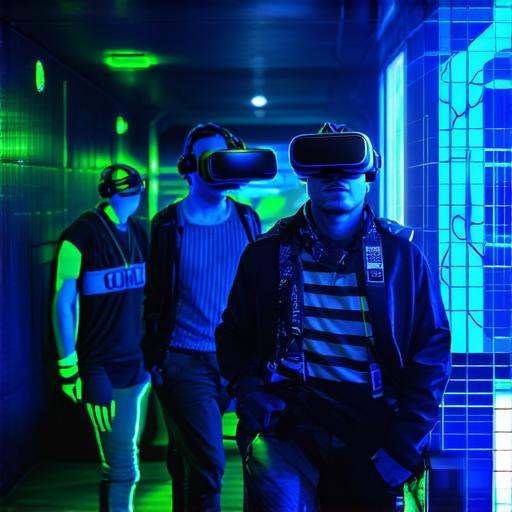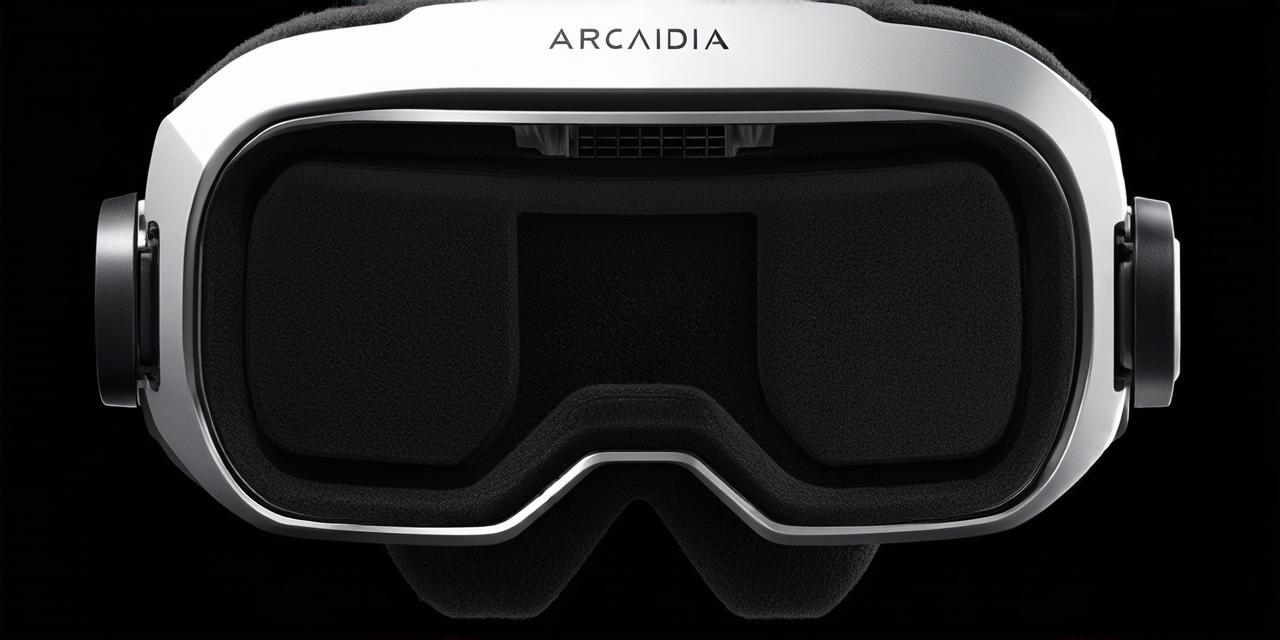Virtual reality (VR) technology has revolutionized gaming, education, and therapy. One of the latest applications of VR is in escape rooms, where players must solve puzzles and overcome obstacles to escape a virtual space.
Virtual Reality Escape Rooms Combine Physical and Virtual Elements
A virtual reality escape room (VR escape room) combines the physical and virtual elements of an escape room to create a fully immersive experience. In a VR escape room, players wear headsets that provide a 360-degree view of a virtual space, allowing them to explore the environment and interact with objects in a way that’s not possible in a real-life escape room.
How Virtual Reality Escape Rooms Work
In a VR escape room, players are presented with a series of puzzles and challenges that they must solve to progress through the game. These challenges can range from simple logic problems to more complex physical tasks that require players to use their bodies in unique ways. The virtual environment is designed to be as realistic and immersive as possible, with detailed textures, lighting, and sound effects that create a sense of presence.
To play a VR escape room, players must first put on a headset that tracks their movements and provides a 360-degree view of the virtual space. They can then use handheld controllers to interact with objects in the environment, such as picking up items, solving puzzles, and unlocking doors. The game is typically timed, with players given a set amount of time to complete the challenges and escape the room.
Why Virtual Reality Escape Rooms are Popular
Virtual reality escape rooms are becoming increasingly popular among AR developers for several reasons. First, VR technology offers a level of immersion that’s not possible with traditional gaming platforms. By wearing a headset and using handheld controllers, players can feel like they are truly inside the game world, which can create a more engaging and memorable experience.
Second, VR escape rooms offer a unique opportunity for teamwork and collaboration. Because the challenges in a VR escape room require players to work together, it’s a great way to build camaraderie and communication skills. This makes VR escape rooms an excellent option for team-building events, corporate training, and even educational purposes.
Finally, VR escape rooms offer a new level of creativity and innovation in the gaming industry. With the ability to create fully immersive virtual environments, AR developers can push the boundaries of what’s possible in traditional gaming and create truly unique and memorable experiences.
Real-Life Examples of Virtual Reality Escape Rooms

There are many examples of VR escape rooms available online, with themes ranging from horror to sci-fi to detective mysteries. One popular example is the virtual escape room “The Lab,” which is designed to simulate a scientific experiment gone wrong. Players must solve puzzles and overcome obstacles to escape the lab before it’s too late.
Another example is the virtual escape room “Escape the Room: The Haunting Mansion,” where players must explore a haunted mansion and solve puzzles to escape before they become ghosts themselves.
Conclusion
Virtual reality escape rooms are an exciting new application of VR technology that combines the physical and virtual elements of an escape room to create a fully immersive experience. With their ability to offer teamwork, collaboration, creativity, and innovation, VR escape rooms are becoming increasingly popular among AR developers. Whether you’re looking for a fun way to spend time with friends or a new challenge for your team, a virtual reality escape room is sure to provide hours of entertainment and problem-solving.




